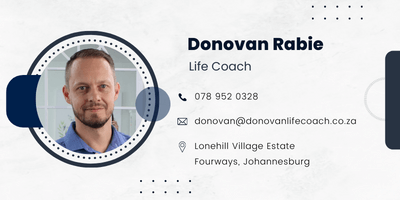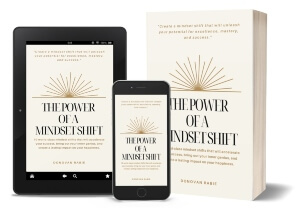
Life is full of ups and downs, and sometimes it can be difficult to cope with the challenges that come our way. Whether it’s a personal crisis, a difficult relationship, or just the stresses of everyday life, having coping strategies in place can make a huge difference in how we deal with adversity.
In this article, I’ll explore the concept of a “coping toolbox” and offer tips and strategies for building one that works for you.
In This Article
ToggleWhat is a Coping Toolbox?
A coping toolbox is a collection of tools and strategies that you can use to help you deal with difficult situations. Just like a handyman has a toolbox full of tools to fix things around the house, you can have a toolbox full of coping strategies to help you navigate the challenges of life.
Your coping toolbox might include things like:
- Meditation and mindfulness practices
- Physical exercise or movement
- Creative outlets like art or writing
- Positive self-talk and affirmations
- Support from friends and family
- Professional therapy or counselling
- Self-care activities like taking a relaxing bath or getting a massage
- Deep breathing exercises or other relaxation techniques
- Journaling or keeping a gratitude list
The key is to identify the coping strategies that work best for you and have them easily accessible when you need them.
10 world-class mindset shifts that will…
~ Accelerate your success.
~ Bring out your inner genius.
~ Create a lasting impact on your happiness.
Price From: $4.50
Building Your Coping Toolbox
Building a coping toolbox takes time and effort, but it can be a powerful tool for managing stress and anxiety. Here are some steps to get started:
1. Identify Your Stress Triggers
The first step in building your coping toolbox is to identify your stress triggers. What situations or events tend to cause you the most stress or anxiety? Once you know what your triggers are, you can start to think about coping strategies that will help you manage those specific situations.
2. Make a List of Coping Strategies
Next, make a list of coping strategies that you think might work for you. Think about things that you’ve tried in the past that have helped, or new strategies that you’d like to try. Be open to trying different things and don’t be afraid to ask for help or support if you need it.
3. Start Small
It’s important to start small when building your coping toolbox. Don’t try to do everything at once or overwhelm yourself with too many strategies. Pick one or two coping strategies to focus on at a time, and gradually add more as you become more comfortable.
4. Practice Consistently
Consistency is key when it comes to building a coping toolbox. Make sure you’re practising your coping strategies regularly, even when you’re not feeling particularly stressed or anxious. This will help you build the habit of using your coping toolbox when you need it.
5. Reevaluate and Adjust
Finally, it’s important to regularly reevaluate your coping toolbox and adjust it as needed. Some strategies may work better for you than others, and your needs may change over time. Be open to making adjustments and trying new things as you go.
Conclusion
Having a coping toolbox is an important part of managing stress and anxiety in our lives. By identifying our stress triggers and building a collection of coping strategies that work for us, we can better navigate the ups and downs of life.

Interested in what I do?

Donovan – Life Coach – 078 952 0328









